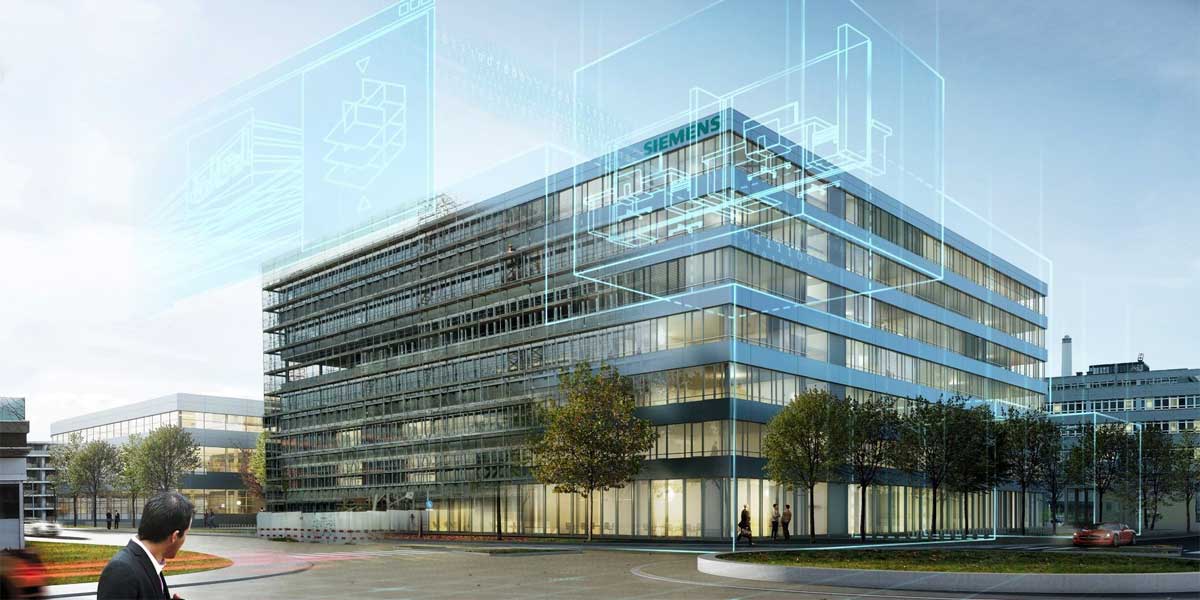

Building Information Modelling (BIM) is a set of technologies that aim to increase interorganisational and cross-disciplinary collaboration in the architecture, engineering, and construction (AEC) industries.
To better understand BIM, its drivers and challenges in the Indian construction industry, a panel discussion titled “Understanding BIM Challenges in Planning and Designing” was organised during the CONSTRUCTION TECHNOLOGY SUMMIT, which was held virtually on July 22-23, 2021.
Nikhil Bagalkotkar, APAC Technical Head, AEC Business, Autodesk, who was the moderator for the session, highlighted the history behind BIM. He said, “BIM is a digital representation of the physical and functional characteristics of a building. It was originally developed by Revit, which pioneered parametric software for building design and was one of several packages on the market. In 2002, Autodesk, a company then primarily a CAD vendor, which had been researching similar technology, bought Revit, and has since refined and developed it to its current level where it is industry standard.”
Speaking on the adoption of BIM and its learning, Navneet Aron, Founder and CEO, Livio Building System, who has been been involved in solving the age-old problems in real estate development and construction with modern technology to enable a cheaper, better, and faster approach, said that the journey has not been easy to move from CAD to BIM. He adds, “As we are from the real estate development background, the transition was self driven by bringing in simple ideas, working on them, and making it more advanced.”
According to Aron, the biggest learning is to identify the right tool as there are many techniques coming up every single day. Today, Livio Building System does everything in-house with some civil engineers and consultants in the United States.
Rupesh Gujarathi, Director, Electro-mech India, said that they used to work on 2D, but now work on latest technologies like BIM. “Since we are working on a number of projects, so whenever there is a complicated project, we use BIM. BIM helps the designer to execute the project effectively. It is something like a start-to-end solution.”
In a span of less than two years, Electro-mech has grown from 25 projects to 182 projects with the magnitude of 5,000 sq.ft. area to having a single project of 40,000,00 sq.ft. area. Gujarathi has also worked on many green building projects and has a vast experience in retrofitting services for existing buildings.
Gujarathi believes that the construction industry is slowly moving towards adopting this technology. “Most of the leading developers have started asking for 3D drawings. Since we are service consultants, it really helps us.”
He adds, “As far as the budgets are concerned, because of BIM, it is getting locked at a particular value.”
Sandeep Roy, Head – Design, AIPL, said, “In my 30 years of experience, I have seen transformation from manual drawings to Autocad 2D, and to some extent Autocad 3D. I have embraced the technology and have seen the complete transformation.”
“I saw the future a year back in my company. We took an interesting decision, which is parallel to the whole Covid situation in the country. The business was a little sluggish in the construction side. So during this time, we decided to convert our company into 100% BIM compliant in the next five years, and we are on course with this objective,” said Roy, who has been instrumental in establishing and managing design, development, project management, and construction companies along with numerous landmark projects.
Explaining the idea behind this objective, Roy added, “We were flattened by two things – quantities being all over the place and coordinated design. With projects getting as complex as it is today, it was impossible to get the quantities right, and we were getting flattened by the deviations. When you start coordinating during complex projects, you lose a lot of time. These were the two issues that were happening. With this, we decided to go complete BIM, and within six months, our background work was over.”
Roy feels that the adoption of BIM, though costly, is paying back in terms of return on investment. “I am a firm believer in making BIM a native tool. I have executed this in my previous firm also. The best part of BIM is to execute it natively.”
Speaking on the role of sustainability, Dr Rajendra Hiremath, Managing Director, Synergy Infrasys, who is a consultant to the Government of Maharashtra on matters pertaining to BOT and HAM projects, said, “ In the last 15-20 years, the government has been spending a lot on infrastructure projects. What we have seen is that infrastructure development has been at the cost of destruction. So sustainability was not thought when the project began.”
He adds, “During the infrastructure development project, the first thing that we look is the lifecycle framework. This is the most important factor on which the design is based. Once the lifecycle structure is known, the design becomes easy. On this basis, we can design which is sustainable and cost-effective.”
“This has been done to an extent by various alternative materials like plastic waste. Minister of Road and Transport, Nitin Gadkari recently said that 703 km of roads were constructed using plastic waste. This is a good example on how we can have a sustainable road, which can be cost effective as far as maintenance is concerned. We are also using alternative fuels for running our equipment. Our crushers and other construction equipment run on solar power. Water conservation has been one of the important factors considered while we design because these projects require huge amount of water. So water conservation is important while designing,” adds Dr Hiremath.
Since commercial facilities use a lot of energy, coupled with rapid worldwide urban development, sustainable construction is clearly an important approach.